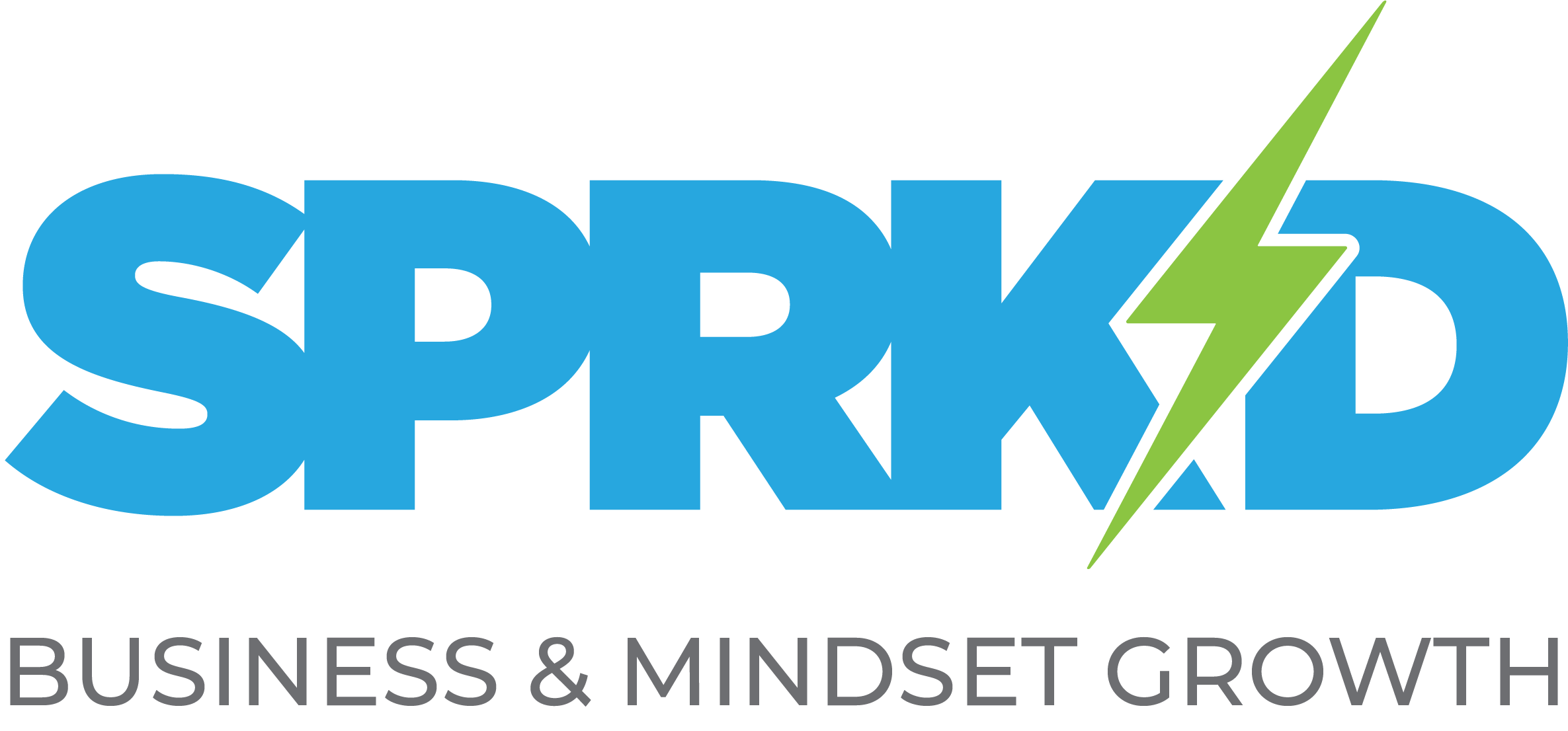Build a business you love to lead. Create the life you want.
The Importance of your Content Calendar PART 2

Do you want to quadruple traffic to your blog?
Better yet, do you want to quadruple high–quality traffic to your blog?
In an older blog post about the importance of keeping a content calendar to increase traffic, we broke down why content calendars help increase traffic.
To recap, one way to increase traffic to your blog is by consistently publishing quality content. Content calendars provide an ideal way for you to stay publish-ready: by ensuring that teams always have good content ready to publish, they implicitly push teams to stay efficient. Put another way, content calendars enable content managers and writers always to stay two steps ahead of the game.
So, content calendars keep you, your team, and your blog organized and empowered. They keep you on ‘the right path’. They’re a little like that friend who always keeps you out of trouble.
But, what exactly IS a content calendar? We all probably understand that it’s a scheduling tool, but how exactly do you make and use one?
Let’s be clear: not just any calendar will do. As we broke down in the older blog post, a content calendar gives you insight into the entire production process, allowing you to anticipate any fallbacks or to speed up the process when necessary. Doing all of this meticulous tracking and updating would be a nightmare if you were just using a simple pen and paper calendar, or even Google Calendars.
A quality, impactful content calendar is made up of two tools: a project management tool and a content management system.
Project Management Tool
Project management tools are an essential part of a content calendar because it lets you break down the process of content creation step-by-step.
More specifically, a good project management tool lets you take a particular project, such as creating a piece of content, and break it down into tasks and subtasks.
This kind of PM tool also lets you assign a person(s) who will be responsible for managing and executing each task.
Finally, the tool lets you choose deadlines for each task and sub-task.
Combined, these three factors will make it easier for you to oversee the content creation process from the ground up. Thanks to this increased visibility, you will be able to better project the speed at which your team can produce new content.
In other words, you can effectively think of the project management tool as the engine of a content calendar. Through the tool, you can seamlessly change deadlines or the person responsible for each task; speed up projects or slow them down; or focus on one step at a time when necessary.
There are lots of project management tools out there, though, so how do you decide which to try? Personally, I love using Asana because of its seamless task tracking platform. Its user-friendly interface allows you to see easily into the entire production machine and quickly make changes where necessary. It’s amazing!
Content Management System
The second piece of a content calendar is a Content Management System (CMS).
A CMS marries the planning element of the calendar (done with a Project Management Tool) with the actual execution of the calendar.
A CMS lets you upload, design, publish content online–and the best ones out there, like HubSpot, will let you schedule content way ahead of time too. Not only does this enable you to be proactive and stay two steps ahead (link to old blog post), but it also gives you amazing data and the ability to test.
With a CMS, you’ll be able to stay ahead of and consistent with your publishing plans.
To top it off, a CMS also gives you a comprehensive picture of your entire content strategy.
The best CMS platforms out there will give you tons of insight into the performance of your content: they’ll show you exactly how much traction it’s getting as well as the publishing data. This means you can align your project management tool with your content management system so as to run different types of tests and campaigns. You can test out different publishing schedules, frequencies, and strategies and subsequently analyze the data to see what works best.
In sum, think of a project management tool as the engine of a content calendar, and the content management system as the steering wheel. They need to be aligned if they are to provide top-quality performance, and together, they can drive your content strategy towards continuously growing quality traffic for your blog.
Recent Posts
UNLOCK YOUR POTENTIAL IN 30 MINUTES
👀 Seeking efficient solutions to the business, marketing, or mindset challenges you face?
🚀 Ready to take your business to the next level?
⏰ Short on time?
QuickWin Coaching is designed with you in mind. Why waste hours in lengthy coaching sessions when you can achieve remarkable results in a mere 30 minutes?




